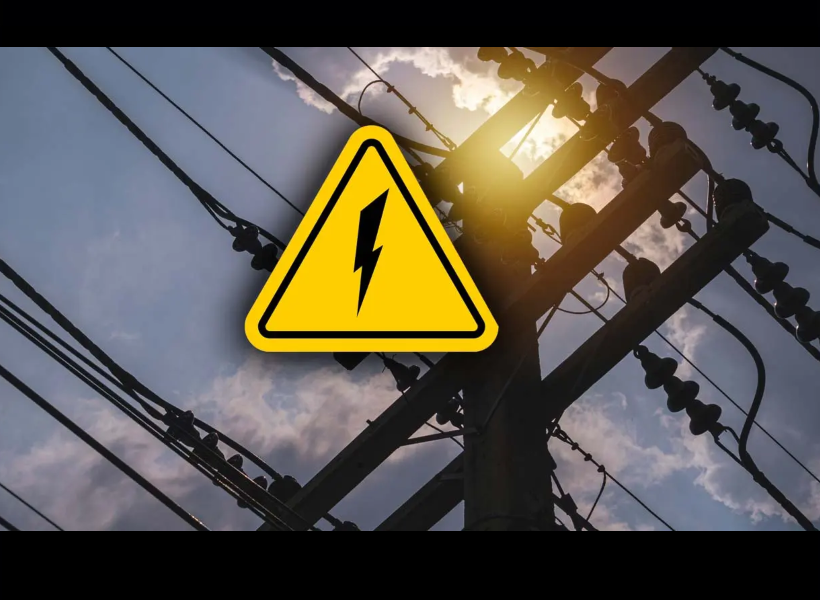A recent report by the Inter-American Development Bank (IDB) has underscored yet again, that the number of power outages in Guyana remains among highest in the region. The May 2016 report notes that Guyana has an average of 5.2 outages per month compared to the Caribbean average of 2.9 per month.
In terms of the length of the outages, responses in Guyana were relatively better than the region, with local firms reporting that the average length is about 2.45 hours, lower than all Caribbean countries except Jamaica, where outages were reported to last an average of 2.19 hours. The Caribbean average is 2.83 hours.
In terms of electricity sector development in Guyana, the report states that survey results show significant progress in reducing the number of outages, as the average number of power outages reported by some 155 respondent firms decreased from 9.3 per month in 2014 to 5.2 per month in 2020. The regional average figures also showed a similar trend, declining from 3.9 outages per month in 2014 to 2.9 per month in 2020.
In terms of policy implications, the IDB notes that Guyana is taking steps to ensure its electricity woes are soon over. Backed by significant oil revenues, the bank highlighted that one of the government’s transformative infrastructure projects is the US$2B gas-to-energy project, which consists in the construction of a pipeline transporting natural gas from the Stabroek Block’s Liza Field to shore where it will feed into a natural gas power plant and associated facilities, expected to significantly reduce the cost of electricity and support private sector development.
In renewable energy, the government plans to use some of the funds it earned from the Government of Norway for environmental sustainability, to build solar power plants in Linden, the Essequibo Coast, and Berbice. There are also plans to construct and rehabilitate hydroelectric power plants in communities on the border with Brazil.













